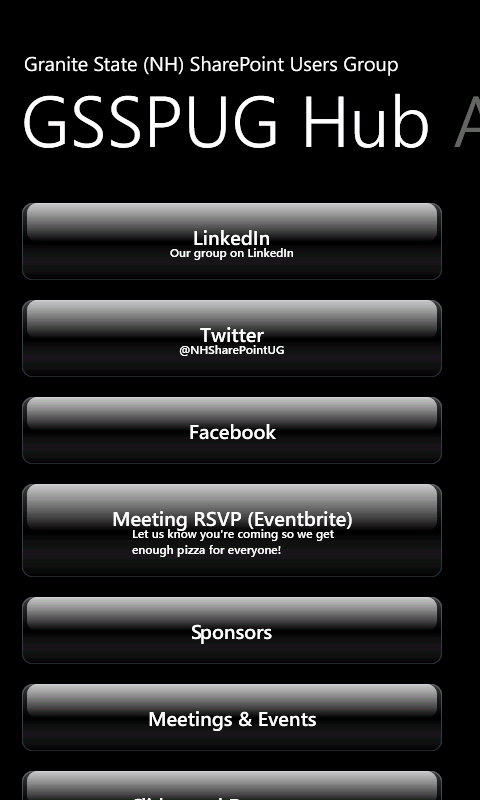Lots of folks have been looking forward to the impending Lumia Denim update for Lumia Windows Phones. I know, cause I’m one of them. I wish I had special insight into when my AT&T 1520 will be updated, but I don’t… so I find myself checking sometimes multiple times a day hoping that the upgrade will suddenly become available.
The amount of buzz on Lumia Denim is overshadowing a more important update, in my humble opinion. The Windows 10 Phone update (not Windows Phone 10, but Windows 10 Phone.)
The killer feature for Windows 10 is the integration across hardware form factors… Desktop, Laptop, Tablet, Phone and even Xbox will all be running editions of Windows 10 (thus we will have a Windows 10 Phone OS, rather than a Windows Phone 10 OS).
Recently my son ran across my old Windows Phone 6. One thing that made me really love the platform was that I could develop code using the .NET Compact Framework, and the EXE worked anywhere that had a .NET runtime installed… and I mean anywhere. I literally was able to take an EXE and drag it from phone to desktop and back without any form of recompile, and it would run great on either hardware. More impressively still, I was able to take DLLs compiled for the .NET CF, and run them in unexpected places, like reference them in ASP.NET web applications… at one point, I had code for a Sudoku game model that was running desktop, phone, and WEB server! 🙂
Needless to say, I was disappointed by the fact that Windows Phone 7 used a different flavor of the .NET Compact Framework called Silverlight, and Silverlight was a lot less compatible, and required a re-write of my hobby code to make it run. This re-write wasn’t nearly so portable. In fact, come Windows Phone 8, I had to we-write a chunk of the code I’d done for Windows Phone 7. This has been the plight of the Windows Phone developer; with each release of the OS comes a new set of SDKs to code against.
Like the undoing of the curse of the tower of Babelon, with Windows 10, we’ll see the all the hardware speak the same language again, and this will be huge. It’s already massive to be able to suggest that you can run tablet apps on your Windows 8.1 machine. Imagine how it will be when the lines blur further.
So… bring on Denim, please, but don’t hold back Windows 10!
